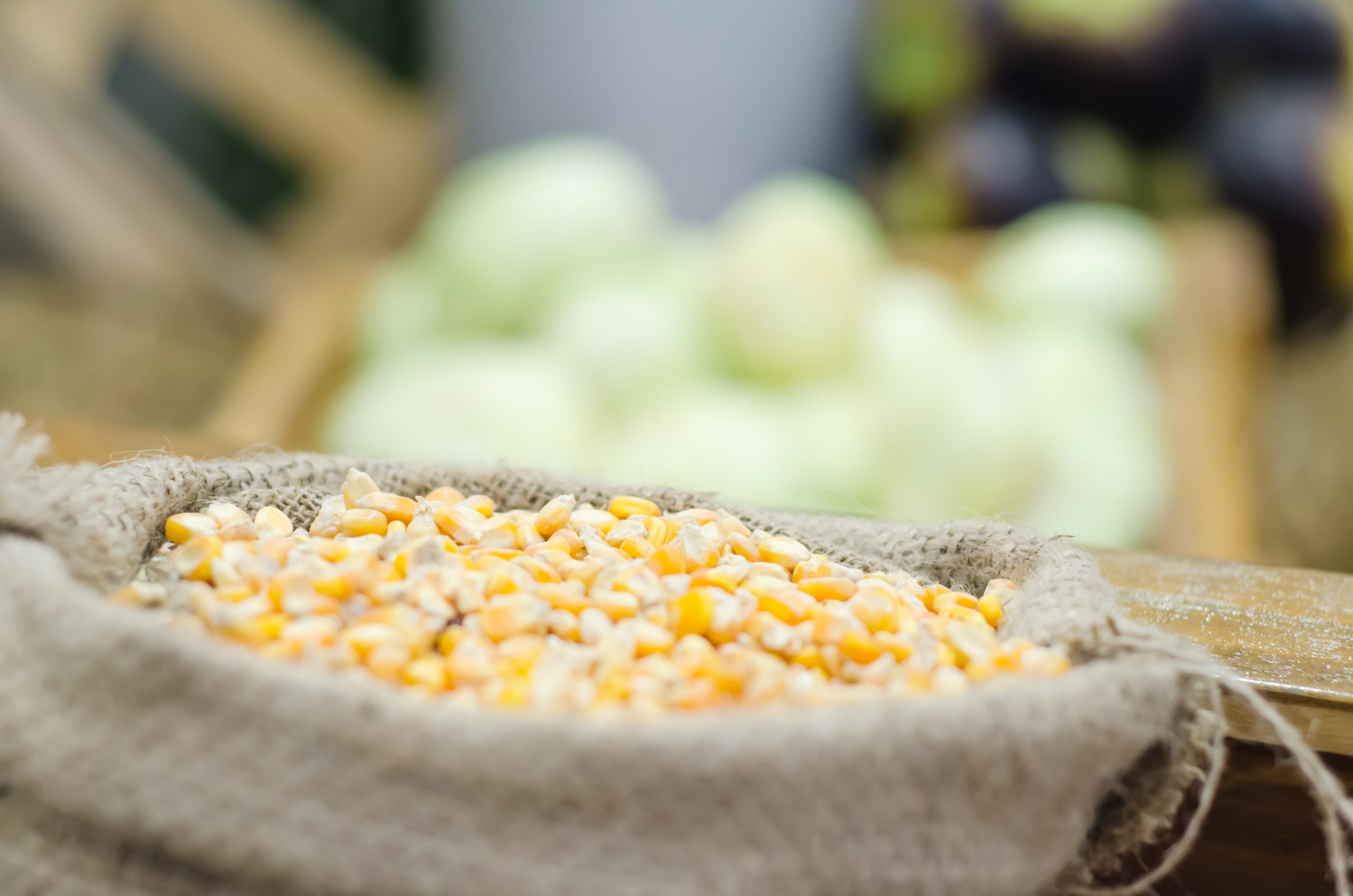Biocontrol of aflatoxins: Potential for Africa

Use of biocontrol products with atoxigenic active ingredients is a proven method for reducing the aflatoxin content of crops in the US. This method has made its way into sub-Saharan Africa; a region where aflatoxin contamination is still a problem.
Aflatoxin contamination of crops (mainly maize and groundnuts) is frequent in warm regions across the globe, including large areas in sub-Saharan Africa. The African nation that has been most affected by aflatoxin contamination outbreaks is Kenya, leading to severe problems with human health and animal health, followed by Tanzania.
A number of technologies to reduce aflatoxins include:
• Biological control (biocontrol) of aflatoxin-producing fungi
• Monitoring and crop destruction
• Grain drying, sorting, storage, post-harvest processing
• Dietary interventions
“However, most of these technologies are out of reach for use in developing countries or not sufficient to reduce incidences and severities of aflatoxin contamination events throughout sub-Saharan Africa”, according to the authors of a recent paper. The paper, published in the World Mycotoxin Journal, reviewed the current situation and the possible methods for better aflatoxin control in sub-Saharan Africa and further explained how these products fit in the Aflasafe range, developed specifically for African regions.
Read also: A world without mycotoxins: 7 challenges
Potential of biocontrol
The authors write that, despite some technologies are out of reach or not available by African farmers, the use of biocontrol has a lot of potential and can be improved even more. An effective, environmentally friendly example of biocontrol is the use of atoxigenic isolates of Aspergillus flavus (the fungi that normally produces aflatoxins. If you apply the fungi genotypes that do not produce the toxins in a biocontrol agent, and sprat them on the crops prior to flowering in the field, it has been shown to displace the fungi that are toxigenic and reduce aflatoxin formation. This safe and environmentally friendly, effective technology was pioneered in the US, where well over a million acres of susceptible crops are treated annually.
Aflasafe expanding in Africa
The success of biocontrol products as biopesticides in the US encouraged researchers of the International Institute of Tropical Agriculture (IITA) and the USDA-ARS to develop, adapt, and improve the biocontrol approach for African agroecosystems. This has been done by examining several thousand isolates of Aspergillus obtained from several hundred crop samples across a target country/region. The isolated can hence be divided into numerous vegetative compatibility groups (VCGs). Members of certain specific VCGs produce large quantities of aflatoxins (>10,000 μg/kg), while members of specific different VCGs produce low concentrations of aflatoxins and members of some VCGs produce no aflatoxins at all. The research institutes IITA, USDA-ARS, and several partners, teamed up and translated the results of all these regional isolated into biocontrol technology for specific use on maize and groundnuts in various African nations. These products are sold under the trade name Aflasafe. To date, Aflasafe products have been registered for use in Nigeria as Aflasafe in 2014, in Kenya as Aflasafe KE01 in 2015, and Senegal/The Gambia as Aflasafe SN01 in 2016. Research is currently underway to secure registration of tailor-made Aflasafe products in Burkina Faso, Burundi, Ghana, Malawi, Mozambique, Rwanda, Tanzania, Uganda, and Zambia. In parallel, state of the art technology has been developed for large-scale inexpensive manufacture of these products under the conditions present in many African nations.
Keep up to date on mycotoxins: This interactive tool provides information on the impact on livestock health, A-Z of mycotoxins, plus the regulations for mycotoxins per commodity per country.
Still some work to do
The authors of the review paper conclude that biocontrol of aflatoxins is a cost-effective method for managing aflatoxins with the potential for a long-term solution to aflatoxin contamination in Africa. However, for biocontrol to reach its full potential in relieving the burden of aflatoxin contamination in Africa, management programmes that optimise both biocontrol’s long-term and area-wide benefits are needed.











